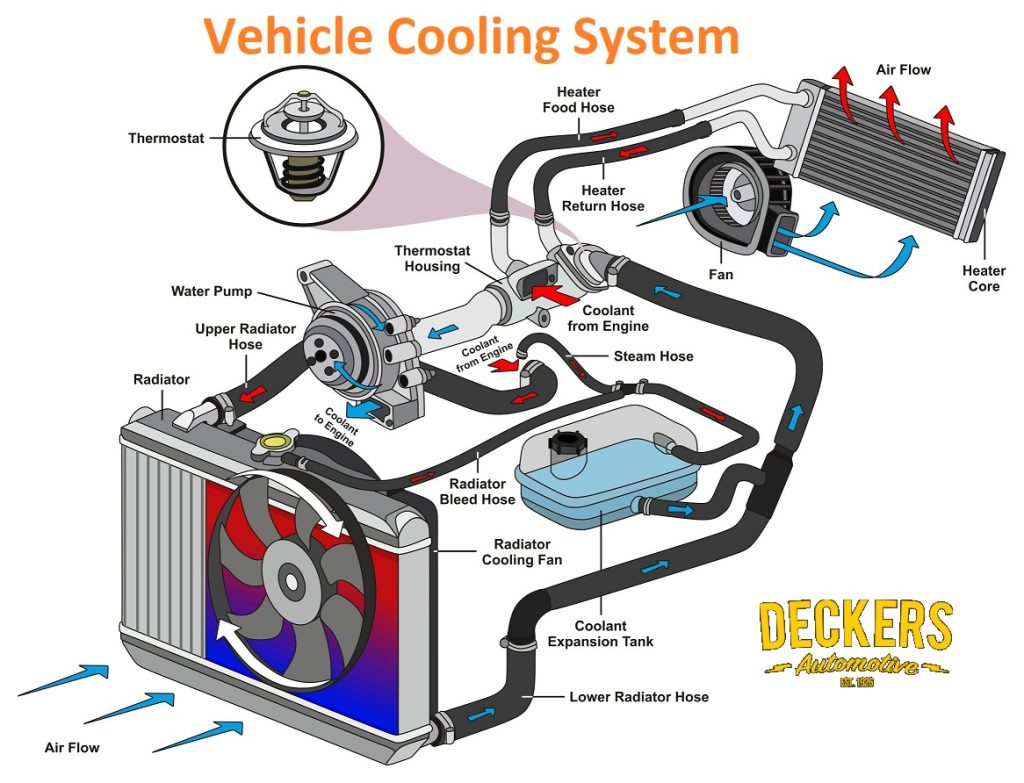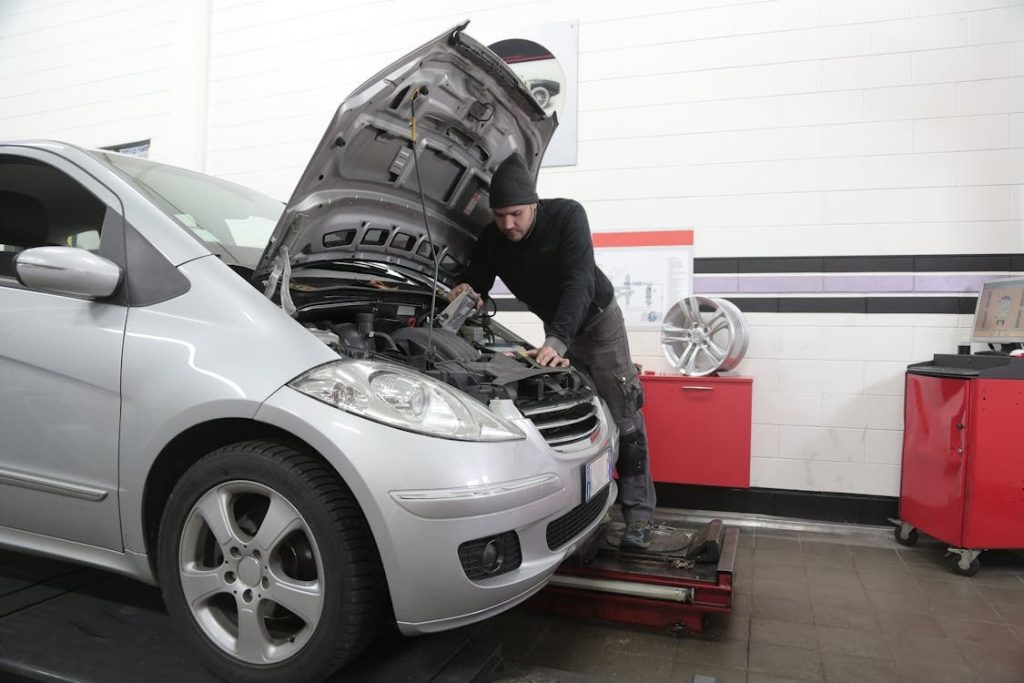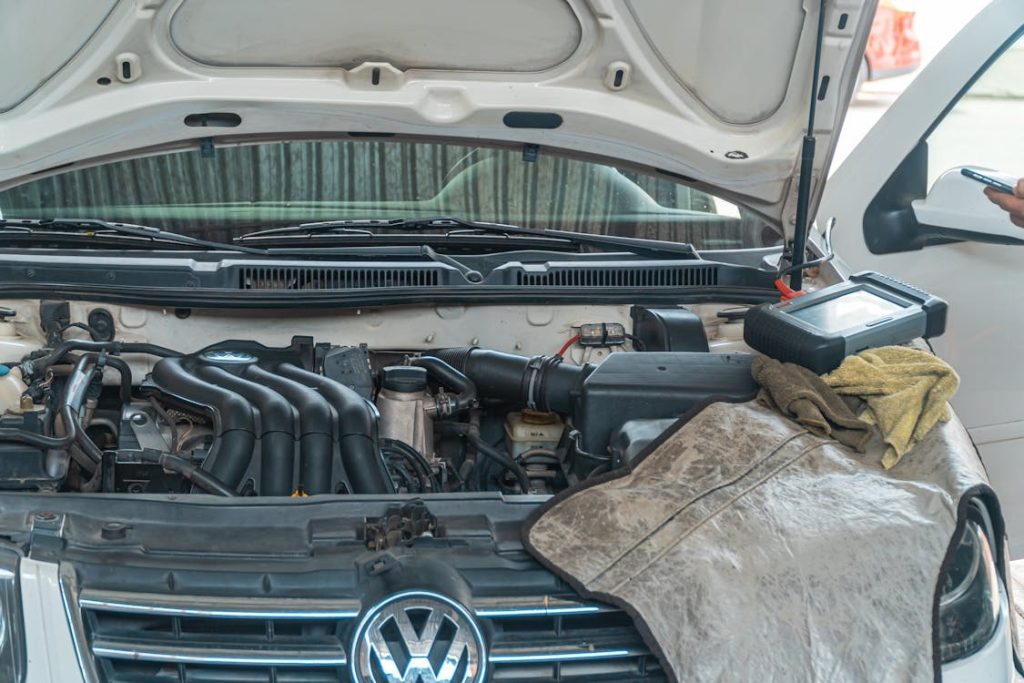Coolant Leaks in Vehicles: A Complete Guide
Introduction
Coolant Leak Repair Cost, Vehicles rely on an efficient cooling system to regulate engine temperatures and prevent overheating. However, coolant leaks can disrupt this crucial process, leading to serious engine damage if left unaddressed. Understanding the causes, signs, and potential consequences of coolant leaks is essential for every vehicle owner. In this comprehensive guide, we’ll explore the intricate world of coolant leaks, their diagnosis, repair costs, and the importance of prompt action.
Recent Released: Are There Any Used Market To Buy Studebaker Cars in USA
The Culprits Behind Coolant Leaks
Coolant leaks can stem from various sources within a vehicle’s cooling system.
Here are some common causes:
Corrosion and Aging
Over time, the radiator’s tubes and sealing gaskets can weaken due to corrosion and wear, allowing coolant to escape. Additionally, hoses connected to the radiator can become brittle and fail to seal properly, leading to leaks.

Physical Damage
Punctures or dents in the radiator, hoses, or other cooling system components can result in coolant leakage. Rocks, road debris, or rough terrain can contribute to this type of damage.
Faulty Components
Various components within the cooling system, such as the radiator cap, water pump, thermostat housing, and freeze plugs, can wear out or become defective, causing coolant to leak.
Detecting a Coolant Leak
Early detection of a coolant leak is crucial to prevent further damage and costly repairs.
Here are some signs to watch out for:
Visual Cues
Puddles of coolant beneath the vehicle, discolored or stained areas around the radiator, and visible leaks are clear indicators of a coolant leak. Additionally, keep an eye out for any sweet-smelling odors, which can signify the presence of antifreeze.

Dashboard Warnings
Most modern vehicles are equipped with a coolant warning light or low coolant indicator on the dashboard. If these lights illuminate, it could signal a potential coolant leak or low coolant levels.
Performance Issues
A Coolant Leak Repair Cost can lead to reduced fuel economy, loss of acceleration, and even white smoke from the exhaust, indicating a problem with the cooling system.
Diagnostic Methods
To pinpoint the exact location and cause of a Coolant Leak Repair Cost, various diagnostic methods can be employed:
Visual Inspection
A thorough visual inspection of the engine and surrounding areas can often reveal the source of the leak. Trace any coolant puddles or stains to their origin.
Coolant Dye Test
Adding a special dye to the coolant system and using a UV flashlight can help locate hard-to-find leaks by illuminating the dye’s glow.
Professional Assistance
In some cases, seeking professional assistance from a trained mechanic may be necessary, especially if the leak is difficult to locate or involves complex components.

The Dangers of Driving with a Coolant Leak
Ignoring a Coolant Leak Repair Cost can have severe consequences for your vehicle’s engine.
Here are some potential dangers:
Engine Overheating
Without proper cooling from the Coolant Leak Repair Cost, the engine can overheat, leading to various issues, such as cracked cylinder heads, warped valves, and blown head gaskets.
Costly Repairs
Repairing or replacing components like cracked cylinder heads, warped valves, or a blown head gasket can be extremely costly and may even require a complete engine rebuild in severe cases.
Catastrophic Engine Failure
If left unaddressed, a coolant leak can escalate to a point where the engine sustains irreparable damage, potentially leading to complete engine failure and the need for a replacement.

The Cost of Coolant Leak Repairs
Coolant Leak Repair Cost can vary depending on several factors, including the type of repair needed, the extent of damage, and the specific services required for diagnosis and repair.
Here’s a breakdown of potential costs:
| Service | Cost Range (USD) |
| Coolant Leak Repair | $225 – $2,000 |
| Average Coolant Leak Repair Cost | $1,075 |
| Coolant Recharging | $50 – $150 |
| Leak Detection and Testing | $15 – $500 |
| Service Call Fees for Leak Detection | $75 – $120 |
| Labor Costs (per hour) | $75 – $150 |
| Cleaning and Repairing Damaged Flooring | Varies |
Proactive Maintenance: The Key to Prevention
While Coolant Leak Repair Cost can occur due to various reasons, regular maintenance and inspections can help prevent or catch them early.
Here are some proactive steps to consider:
Regular Coolant Flushes
Regularly flushing and replacing the coolant can help remove any buildup or sediment that could contribute to leaks or corrosion.
Hose Inspections
Visually inspecting the radiator hoses for signs of cracking, bulging, or deterioration can help identify potential leak sources before they become an issue.

Routine Radiator Inspections
Having a professional inspect the radiator for any signs of corrosion, damage, or leaks during routine maintenance can prevent costly repairs down the line.
Proper Coolant Level Maintenance
Regularly checking and maintaining the coolant level can help identify any potential leaks early on and prevent further damage.
Conclusion
Coolant Leak Repair Cost in vehicles may seem like a minor inconvenience, but neglecting them can lead to severe engine damage and costly repairs. By understanding the causes, signs, and potential dangers of coolant leaks, vehicle owners can take proactive measures to address the issue promptly. Regular maintenance, timely repairs, and seeking professional assistance when needed can help ensure the longevity and optimal performance of your vehicle’s cooling system. Remember, a well-maintained cooling system is the key to a healthy and reliable engine.












Leave a Reply